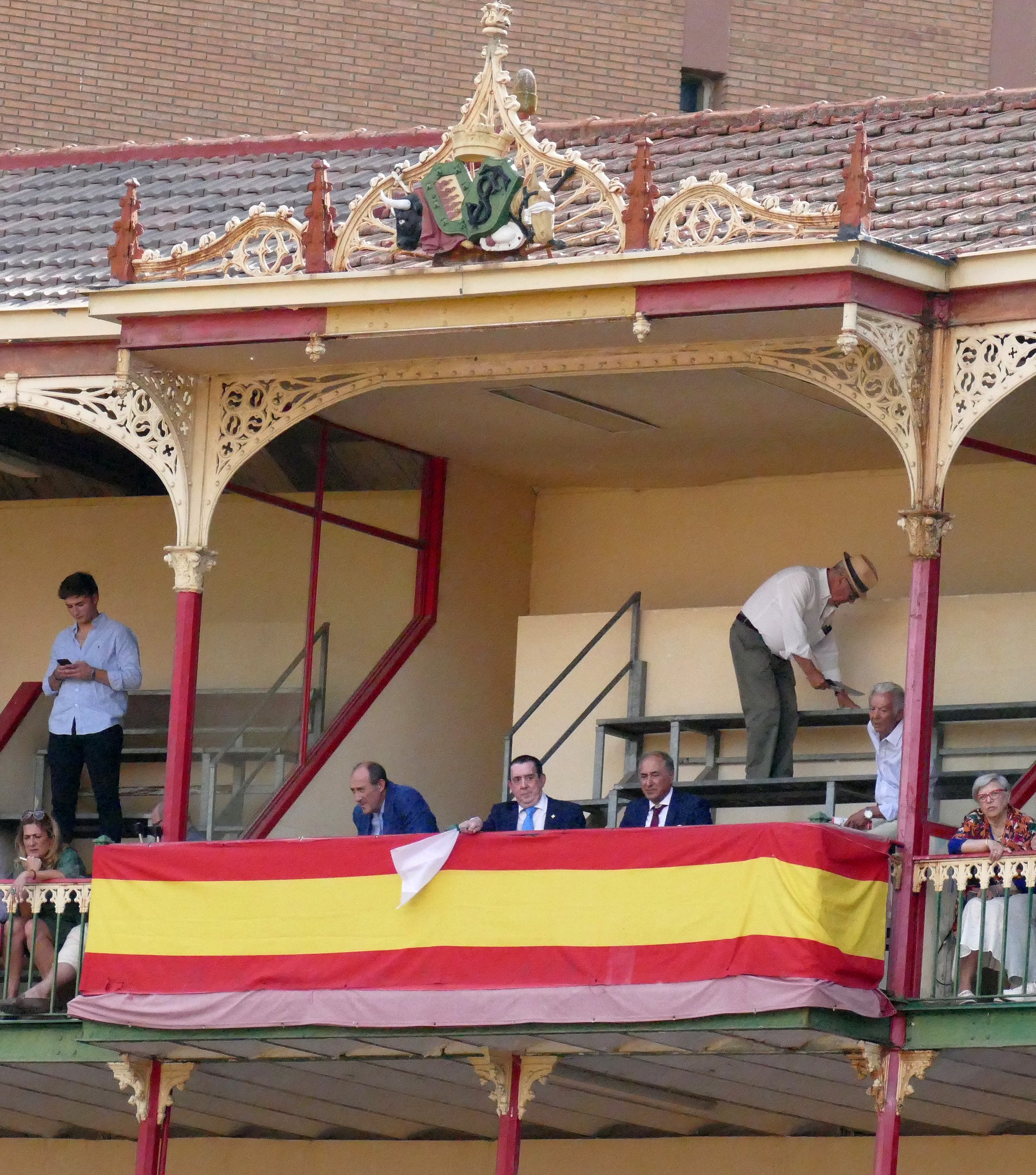Changes the presidents would like to see
The Asociación Nacional de Presidentes de Plazas de Toros de España held their Congreso Nacional de Tauromaquia at the end of October and produced a report proposing a number of changes in the conduct of bullfights. Amongst these were:
The adoption of a unified set of Reglamentos covering the whole country instead of the varied regional regulations that currently apply.
The establishment of an administrative process for the procurement, certification and designation of presidentes and the creation of a professional body covering all presidents.
The instigation of an agreed process for the removal of fundas (horn sheaths) in the presence of a vet at least 10 days in advance of a festejo so that the animals have time to “recuperate their sense of distance”.
The provision of funds for an effective sanctioning regime, including the post-mortem examination of horns and entrails, and the random sending of horns for analysis in a suitable laboratory.
Regulations on the use of thermal cameras in relation to post-mortem analyses.
The creation of a database of rejected bulls in the Oficina Central de Asuntos Taurinos (OCAT) of la Dirección General de Policía.
The unification nationally of taurine equipment, including the use of the quadrangular puya and the carbonfibre stirrup developed by Manuel Sales and Julio Fernández Sanz for the tercio de varas. [See my previous articles ‘Modernising bullfighting’s implements’ and ‘Bullfighting’s new implements put to the test’.]
The funding of scales for the weighing of petos and measures to determine the base of each mattress is 60cm above the ground.
The alteration of the Reglamento to stipulate that only one picador should be in the ring during the tercio de varas; and that each bull should go to the picador at least three times, with a gradual increase in the charging distance and decrease in punishment. The number of toreros in the ring during the tercio should also be reduced.
In deciding whether to award a second ear, presidents should have regard to whether or not the tercio de varas has been properly executed.
The adoption of measures to reduce the frequency of indultos so that they become rare events, a bull’s behaviour throughout its lidia having been taken into account. The current rules concerning indultos should be rigorously enforced, plus presidents should have the right to order a picador to test a bull with a garrocha after the faena has been completed and an indulto is being considered. As there is no killing of the bull in such circumstances, the maximum award to a matador or a novillero should be a vuelta al ruedo. Indultos should not be permitted in corridas de rejones, festivales and novilladas sin picadores.
The presidents are to be congratulated for focusing on three key issues for the modern corrida - the opportunities for fraud, the insipid tercio de varas and the chaos of indultos - and for putting the toro bravo at the heart of their recommendations. One potential problem with their proposals, however, is the need for additional funding for some of them to happen at a time when corrida costs are already high and the authorities show no inclination to contribute extra monies to the spectacle. The most expensive proposal would appear to be the post-mortem detection of horn shaving and a cheaper and better option might be a more preventative approach along the lines adopted by the Club Taurino 3 Puyazos earlier this year (see ‘Preventing corridas with shaved horns’).
Another area it would have been good to see addressed is that of establishing professionally-run escalafones - given that cuadrilla members’ earnings are still supposed to relate to the category of torero they support, based on the jefe’s number of appearances in the previous season, it is ridiculous that there is no official escalafón and everyone has to rely on the efforts of such as mundotoro.com to keep a record of each temporada’s events.
The Asociación Nacional has passed its recommendations on to la Dirección General de Bellas Artes y Patrimonio Cultural of Spain’s Ministry of Culture and Sport, as well as the various Secciones de Asuntos Taurinos of las Administraciones Autonómicas. But I suspect it is unlikely that any notice will be taken. A Ministry of Culture and Sport that would take its role in regulating bullfighting seriously would establish a panel with a respected chairperson and 50% of the membership representatives of professional bodies and 50% aficionados, and charge it with coming up with a new set of national regulations.
(Readers may have other changes in bullfighting they would wish to see, in which case please post them in the Comments box below.)
